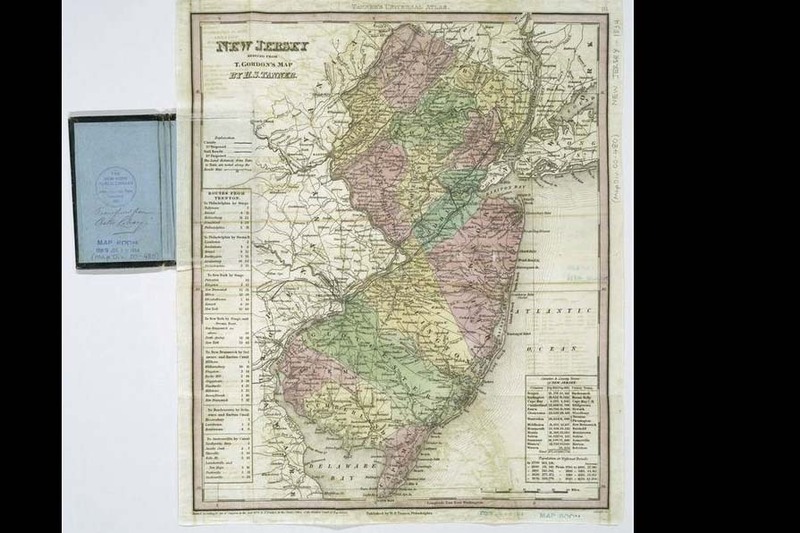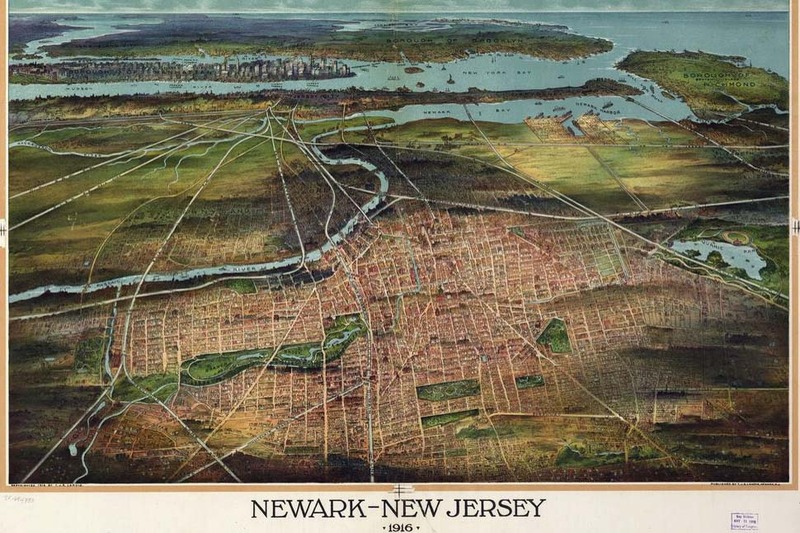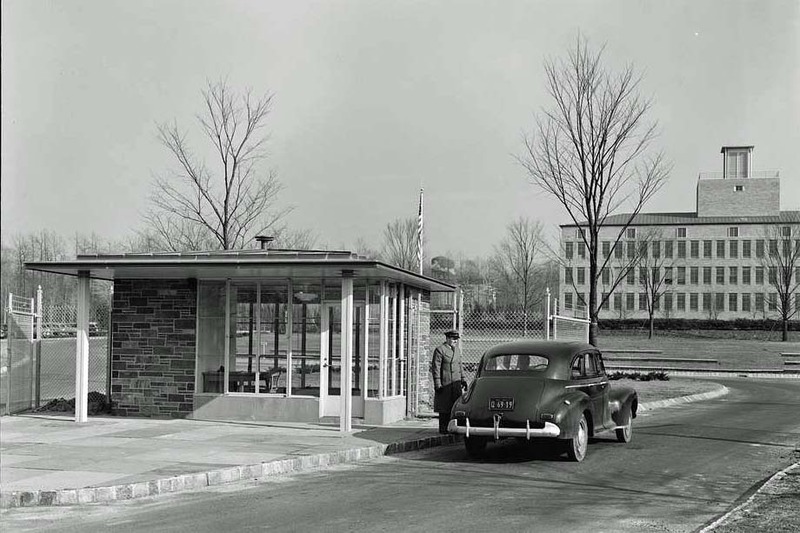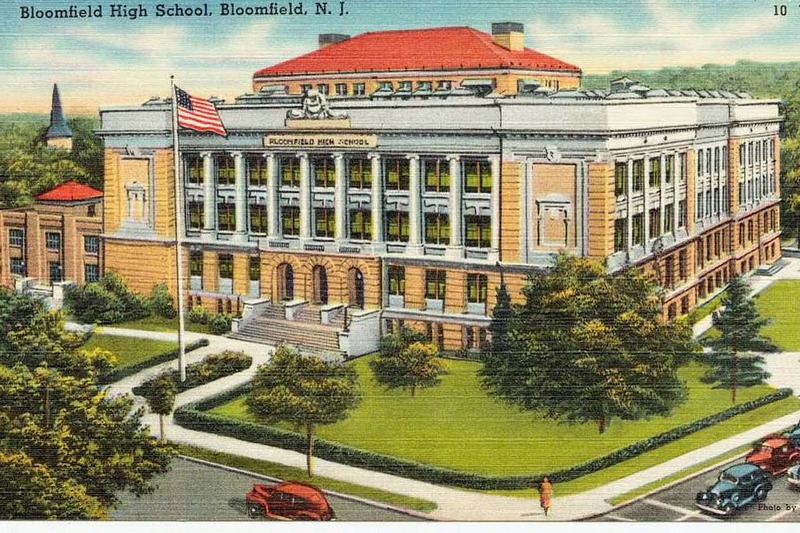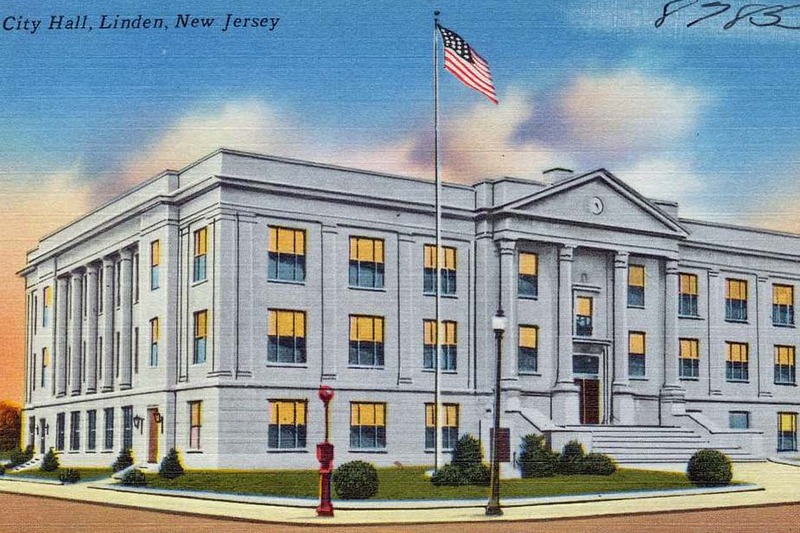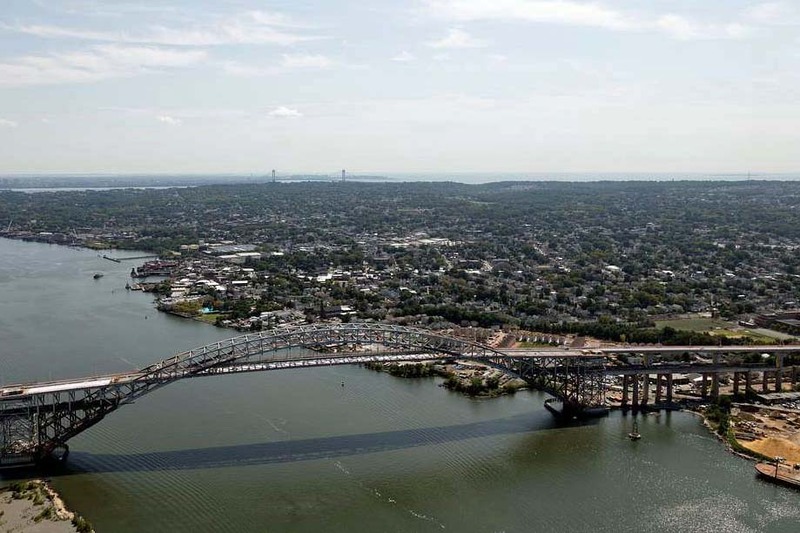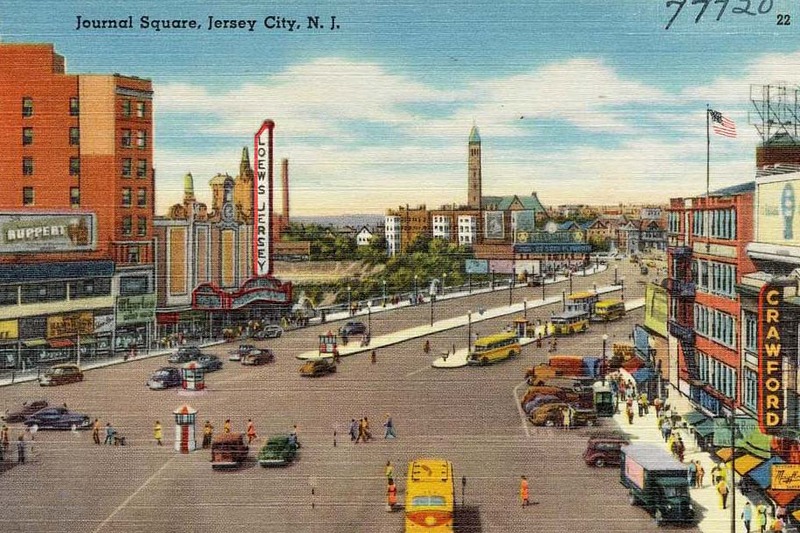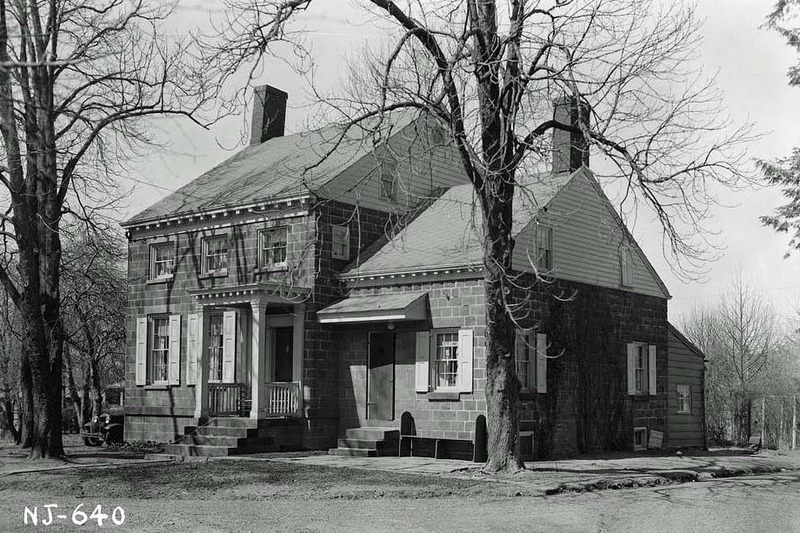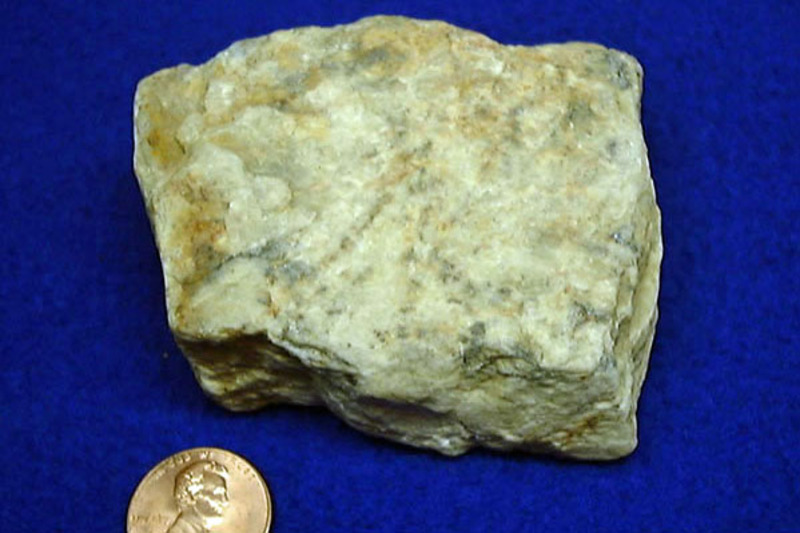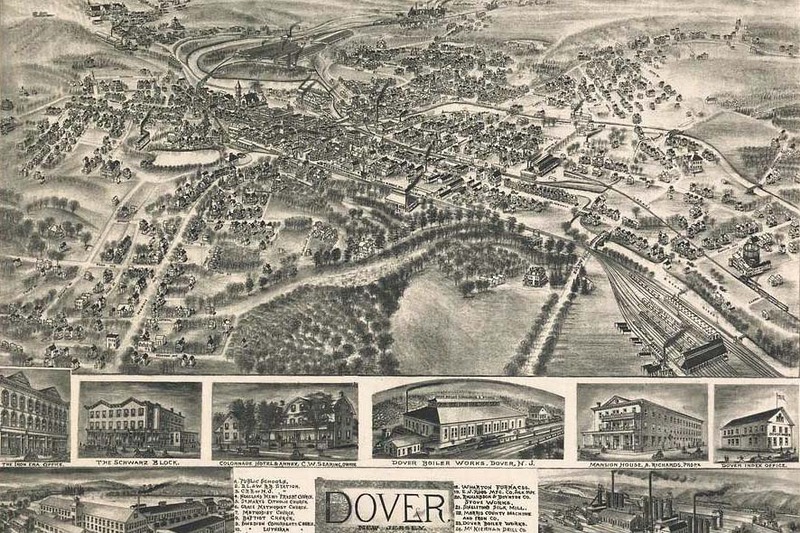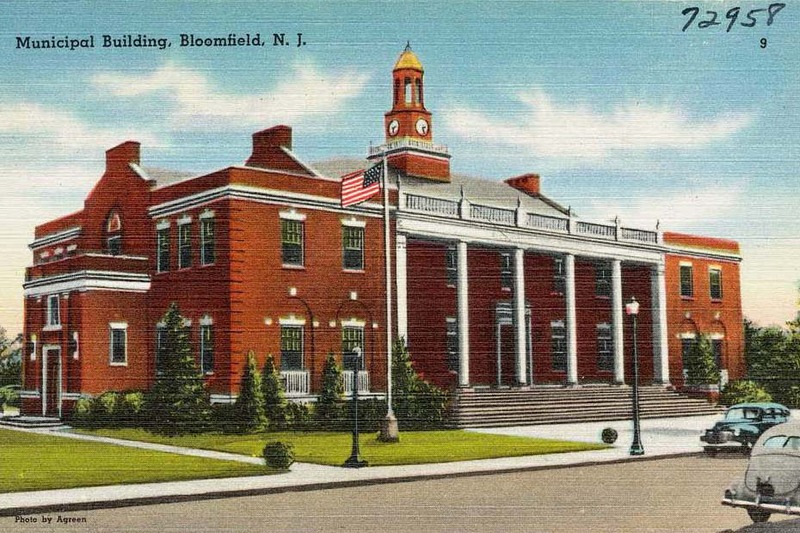EEOICPA Statistics for Claimants Living in New Jersey
DOL Part B and Part E Statistics
NIOSH Dose Reconstruction Statistics
New Jersey EEOICPA Facilities
Facility descriptions credit: DOE
Photo Credit: David Mark on Pixabay
Under subcontract to the Metallurgical Laboratory (University of Chicago), the Garwood facility manufactured casting dies and used them to cast uranium slugs. This work was conducted intermittently between July and November of 1944.
The facility conducted a one-day shear (cutting) test on uranium metal for National Lead of Ohio (Fernald) in 1978.
Baker and Company
processed radioactive platinum as part of the
process of making polonium, which was needed for
initiators in nuclear weapons. Baker and Co.
also processed unirradiated uranium scrap for
the AEC to recover enriched uranium for use in
the weapons complex.
During the period of
residual contamination, as designated by the
National Institute for Occupational Safety and
Health and as noted in the dates above,
employees of subsequent owners and operators of
this facility are also covered under the Energy
Employees Occupational Illness Compensation
Program Act.
This facility
handled a quantity of uranium during World War
II, probably in support of its work to develop
effective barrier materials for the K-25
facility in Oak Ridge. The barrier materials
were not radioactive.
During the period of
residual contamination, as designated by the
National Institute for Occupational Safety and
Health and as noted in the dates above,
employees of subsequent owners and operators of
this facility are also covered under the Energy
Employees Occupational Illness Compensation
Program Act.
The facility had a small research contract with the Atomic Energy Commission in 1947. In 1951, it did some experimental machining of uranium slugs for the AEC. The results were not satisfactory and the work was not expanded.
Bowen Engineering
conducted some experimental work at their
laboratory in New Jersey on uranium compounds
during a two-day period in 1951. The tests were
to develop a process for calcining pitchblende
raffinates (transforming liquid or sludge-like
wastes into a more solid form).
Callite Tungsten Company
According to a 1944
document, the Callite Tungsten Co. used its
machines to cold roll uranium metal rods for the
Manhattan Engineer District.
During the
period of residual contamination, as designated
by the National Institute for Occupational
Safety and Health and as noted in the dates
above, employees of subsequent owners and
operators of this facility are also covered
under the Energy Employees Occupational Illness
Compensation Program Act
The
Chemical Construction Company conducted research
and development activities to recover uranium
and other metals from low-grade waste materials.
The wastes were generated by uranium processing
operations at the Mallinckrodt facility in St.
Louis, Missouri.
During
the period of residual contamination, as
designated by the National Institute for
Occupational Safety and Health and as noted in
the dates above, employees of subsequent owners
and operators of this facility are also covered
under the Energy Employees Occupational Illness
Compensation Program Act.
In the 1940s, E.I.
DuPont de Nemours & Company (DuPont) produced
uranium products and conducted research on
uranium hexafluoride. These activities were
conducted first for the U.S. Office of
Scientific Research and Development (OSRD), and
later under contract to the Manhattan Engineer
District (MED) and the Atomic Energy Commission
(AEC). DuPont also developed processes to
convert uranium dioxide to uranium hexafluoride,
and produced uranium oxide and uranium metal
which was used to fuel the CP-1 reactor at the
University of Chicago. After completion of these
activities, the AEC conducted limited
decontamination and released the site to DuPont
for reuse. DuPont currently operates a chemical
plant at this site.
Although DuPont Deepwater
Works was designated as part of the Department
of Energy's Formerly Utilized Site Remediation
Action Program (FUSRAP) in 1980, the only year
in which actual remediation was performed under
contract to the DOE was 1996. There was
decontamination performed in 1997, but this did
not involve the Department of Energy.
During
the period of residual contamination, as
designated by the National Institute for
Occupational Safety and Health and as noted in
the dates above, employees of subsequent owners
and operators of this facility are also covered
under the Energy Employees Occupational Illness
Compensation Program Act.
International Nickel plated uranium slugs with nickel for use in the nuclear weapons production system during the early 1950s.
J.T. Baker Chemical was licensed by Atomic Energy Commission to process and distribute refined source material (uranium). The company had previously sought to purchase uranium compounds during World War II, but these were diverted for wartime use.
In 1943, the M.W.
Kellogg Company established the Kellex
Corporation to design and construct the first
gaseous diffusion uranium enrichment facility,
the K-25 Plant, in Oak Ridge TN. This work was
conducted under contract to the Manhattan
Engineer District (MED) and later to the Atomic
Energy Commission (AEC). In the 1940s and early
1950s, Kellex conducted research and development
on fuel reprocessing and component testing using
uranium hexafluoride, and uranium processing and
recovery techniques. In 1951, the Vitro
Corporation of America assumed all the rights
and obligations of the Kellex Corporation. In
1953, Kellex discontinued all AEC contract work
at the Kellex/Pierpont site.
Remediation
activities under the Formerly Utilized Site
Remediation Action Program (FUSRAP) occurred in
1979 and 1980 by Tobar Construction and
Envirosphere Co.. The cleanup was certified in
1983.
During the period of residual
contamination, as designated by the National
Institute for Occupational Safety and Health and
as noted in the dates above, employees of
subsequent owners and operators of this facility
are also covered under the Energy Employees
Occupational Illness Compensation Program Act.
From 1916 to
1959, Maywood Chemical Works extracted
radioactive thorium and rare earth elements from
monazite sands for use in commercial products.
From 1947 to 1950 the AEC purchased thorium
compounds from the Maywood Chemical Company.
Although this site was designated as part of the
Formerly Utilized Site Remediation Action
Program (FUSRAP) in 1983, no work was ever
performed under this program prior to its
transfer to the Army Corp.
During the period
of residual contamination, as designated by the
National Institute for Occupational Safety and
Health and as noted in the dates above,
employees of subsequent owners and operators of
this facility are also covered under the Energy
Employees Occupational Illness Compensation
Program Act.
National Inc.
umbrella site remediation contract and by local
subcontractors.
During the period of residual
contamination, as designated by the National
Institute for Occupational Safety and Health and
as noted in the dates above, employees of
subsequent owners and operators of this facility
are also covered under the Energy Employees
Occupational Illness Compensation Program Act.
In the 1940's and
1950's the Middlesex Municipal Landfill was a
repository for wastes from the Middlesex
Sampling Plant.
In 1980 this site was
designated as part of the Formerly Utilized Site
Remediation Action Program (FUSRAP),
Environmental remediation work took place in
1984 and 1986. This work was performed under the
Bechtel In 1943, the Manhattan Engineer District
(MED) established the Middlesex Sampling Plant
to assay, sample, store, and ship uranium,
thorium, and beryllium ores.
Until 1950, the
plant was operated by the MED and then the AEC.
By 1948, Ledoux and Company and Lucius Pitkin,
Inc. personnel were stationed on site to perform
assaying work. Another contractor, Perry
Warehouse, provided laborers until about 1950.
From 1950 to 1955, United Lead, a subsidiary of
National Lead Co., operated the plant for the
AEC. The plant discontinued uranium and
beryllium assaying and sampling activities in
1955 and was used as a thorium storage and
sampling site until 1967. In 1967, operations at
Middlesex were terminated and all remaining
thorium sampling activities were transferred to
the Feed Materials Production Center and to the
Weldon Spring Plant.
Approximately one dozen
contracting companies and subcontractors were
involved in the cleanup effort between
1980-1982. Between April and August 1986,
material from the Middlesex Municipal Landfill
was entombed at the Middlesex Sampling Plant. No
further remediation was performed on-site prior
to the responsibility for cleanup being shifted
to the Corps of Engineers in 1997.
Throughout
the course of its operations, the potential for
beryllium exposure existed at this site, due to
beryllium use, residual contamination, and
decontamination activities.
National Beryllia
performed a demonstration of its capabilities
for production of parts for Y-12 beginning in
late 1968, with delivery in March 1969.
Additionally, National Beryllia delivered some
parts to Union Carbide (Y-12), though the
records indicate there was only partial
performance for this purchase order, which was
terminated in April of 1973.
Between 1984 and
1986 the National Beryllia division of General
Ceramics had a series of purchase orders through
Martin Marietta, which was operating Y-12 at the
time. These contracts involved the shipment of
beryllium from Brush Wellman to National Beryllia
with Y-12 being the ultimate customer.
From 1948 to
1978, the Atomic Energy Commission (AEC), a
predecessor agency of the Department of Energy
(DOE), used the New Brunswick Laboratory as a
general nuclear standards laboratory for
assaying nuclear and non-nuclear materials used
in reactor and weapons programs. The New
Brunswick Laboratory (NBL) provided a variety of
activities using nuclear materials, including
thorium and uranium ores, high purity plutonium
and americium, and enriched uranium.
In 1977
the New Brunswick Laboratory was moved from New
Jersey onto the campus of Argonne National
Laboratory -- East, where it remains today.
Throughout the course of its operations, the
potential for beryllium exposure existed at this
site, due to beryllium use, residual
contamination, and decontamination activities.
Picatinny Arsenal has been delisted and is no longer covered by EEOICPA. The Picatinny Arsenal in Dover, Picatinny performed studies on methods of radiographing uranium castings in the late 1940s using uranium billets supplied by the Atomic Energy Commission. Picatinny's work from 1948 to the mid-1950s on non-nuclear components of nuclear weapons, such as fuses, detonators, firing sets, and generators, is not covered under EEOICPA.
In 1951, the Atomic Energy Commission (AEC), a predecessor agency of the Department of Energy (DOE), began operating the Princeton Plasma Physics Laboratory (PPPL) on Site C and Site D of the James Forrestal Campus. This property is owned by Princeton University. Research at PPPL began with construction of the Model-C Stellerator, which was later converted to a pulse-operated device. Today, this laboratory continues to conduct research on nuclear fusion and development of nonweapons applications of this technology.
Rare Earths
extracted thorium from monazite sands from
1950-1960 under various contracts with the AEC.
The AEC needed the thorium for its weapons
program. Although the processing of monazite
sands continued at Rare Earths through 1971, it
was no longer performed under contract for the
AEC, but rather was for commercial purposes.
Remediation activities were conducted from
1985-1987 by Thermo Analytical/Eberline and
Bechtel National Inc. (BNI) under the BNI
umbrella contract as part of the Formerly
Utilized Site Remediation Action Program
(FUSRAP).
During the period of residual
contamination, as designated by the National
Institute for Occupational Safety and Health and
as noted in the dates above, employees of
subsequent owners and operators of this facility
are also covered under the Energy Employees
Occupational Illness Compensation Program Act.
Standard Oil
locations at both 1900 East Linden Avenue
(Linden) and the property at 1400 Park Avenue (Bayway)
performed a variety of tasks for the Manhattan
Engineer District (MED) during World War II. The
company was contracted to obtain materials for
work being done by the Metallurgical
Laboratories of the MED. It also conducted
studies and performed development work to
produce uranium metal through chemical reduction
processes and to construct and operate a
centrifuge pilot plant for uranium separation.
The company continued to provide consulting and
analytical services for the Atomic Energy
Commission, but it is not believed that any
radioactive materials were handled at either
location after World War II (1945).
During
the period of residual contamination, as
designated by the National Institute for
Occupational Safety and Health and as noted in
the dates above, employees of subsequent owners
and operators of this facility are also covered
under the Energy Employees Occupational Illness
Compensation Program Act.
The Stevens Institute of Technology performed beryllium research and development for the AEC. Researchers at the school's Powder Metallurgy Laboratory experimented with slip casting production techniques as a replacement for the conventional vacuum-hot-pressed block process. Beryllium powder was the primary ingredient in the production process. The laboratory's working inventory during the course of the contract included approximately 50 pounds of beryllium metal powder produced by the Brush Beryllium Company.
Tube Reducing Co.
conducted tests for National Lead of Ohio
(Fernald) on shaping and sizing uranium rods. In
January 1952, two uranium rods were processed.
More tubes were extruded in a reduction
experiment in January 1955. Another test was
conducted in 1957.
The firm is also mentioned
in World War II-era reports as a possible
location for uranium machining, but there are no
indications that any such work was done at the
facility during that time period.
A small amount of
beryllium mesh (15 pounds) was sent to U.S. Pipe
and Foundry by the MED. Some work was done, but
it is unclear whether a satisfactory technique
was ever developed beyond this initial attempt
to manufacture beryllium tubes.
More Information
In December 1951,
Vitro was asked to submit a proposal for
research on thorium fluoride production, scrap
recovery and waste recovery to involve 14
chemists and analysts. Though it is not certain
whether this work was undertaken, by the late
1950s and early 1960s, Vitro conducted work
under AEC contract converting low-enrichment
uranium dioxide to uranium carbide spheres. The
uranium dioxide was shipped from Rockwell
International (then known as the Atomics
International Division of North American
Aviation, Inc.) to Vitro for conversion into
uranium carbide and was then shipped back to
Rockwell. Around 1958, Vitro also conducted work
under contract to the AEC Oak Ridge Operations
Office for the separation of fission products.
During the period of residual contamination, as
designated by the National Institute for
Occupational Safety and Health and as noted in
the dates above, employees of subsequent owners
and operators of this facility are also covered
under the Energy Employees Occupational Illness
Compensation Program Act.
Westinghouse
Electric, located in Bloomfield, NJ, was one of
the large commercial contributors to Manhattan
Project research. Specific tasks related to
uranium metal production and enrichment. Because
developing the technology to produce pure
uranium metal became a priority for the
Manhattan Project, universities, and private
companies with experience in related chemical
processes participated in the task. From
1942-1943, Westinghouse used a photochemical
process for metallic uranium and supplied
metallic uranium for the first self-sustaining
chain reaction in Chicago. In addition to
contributing to uranium metal production,
Westinghouse Electric participated in activities
related to uranium enrichment.
Westinghouse
also worked with thorium under contract
W-7409-ENG-31 for the Manhattan Project at this
location. In the periods February through May of
1958 and again in June of 1959 Westinghouse
performed rollings of uranium tubes on the Assel
Mill to evaluate whether this process could be
used to create a product suitable for machining
into a hollow fuel core for use in a nuclear
reactor.
During the period of residual
contamination, as designated by the National
Institute for Occupational Safety and Health and
as noted in the dates above, employees of
subsequent owners and operators of this facility
are also covered under the Energy Employees
Occupational Illness Compensation Program Act.
Wyckoff Steel conducted tests of methods to straighten and finish uranium rods on September 6, 1950.

